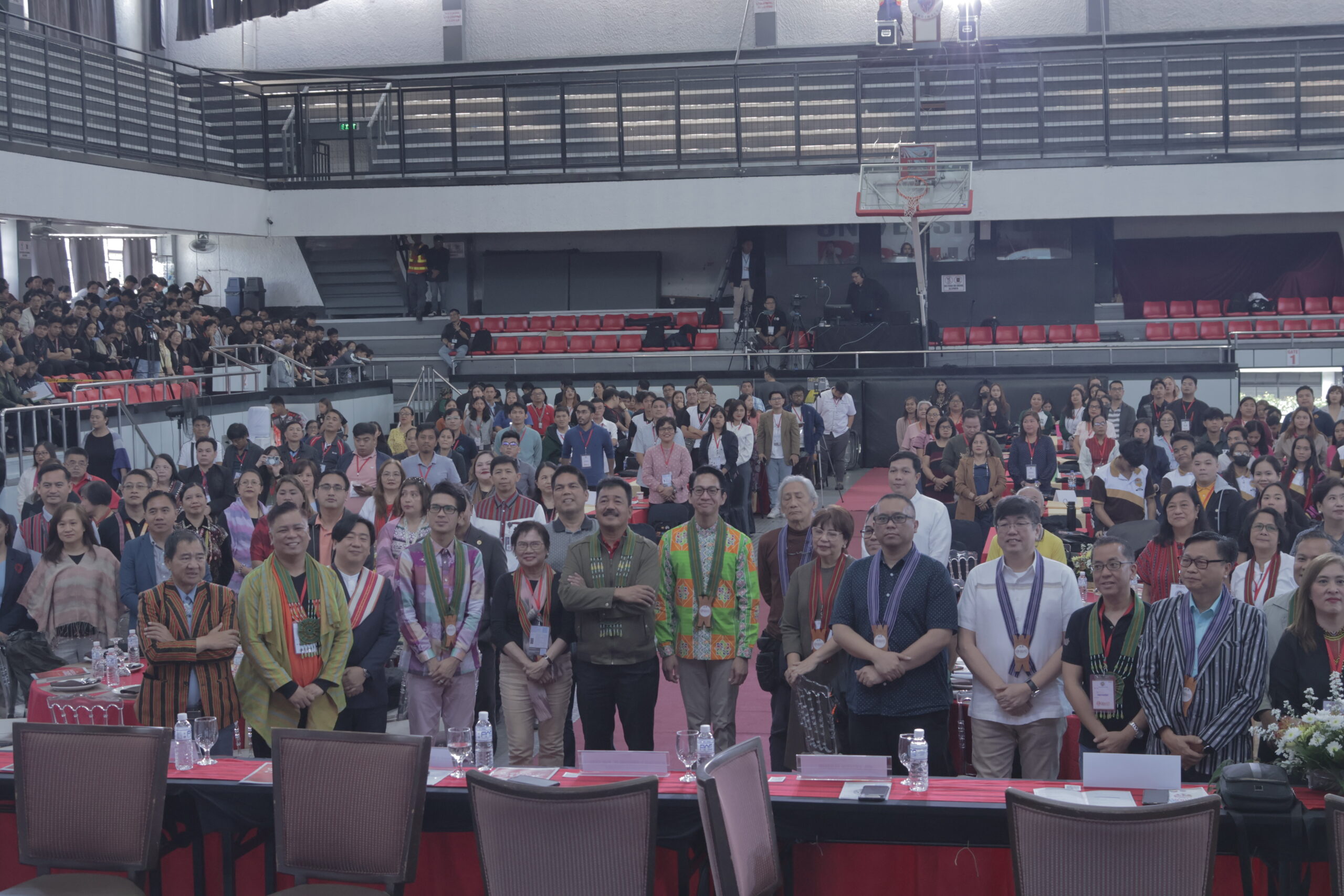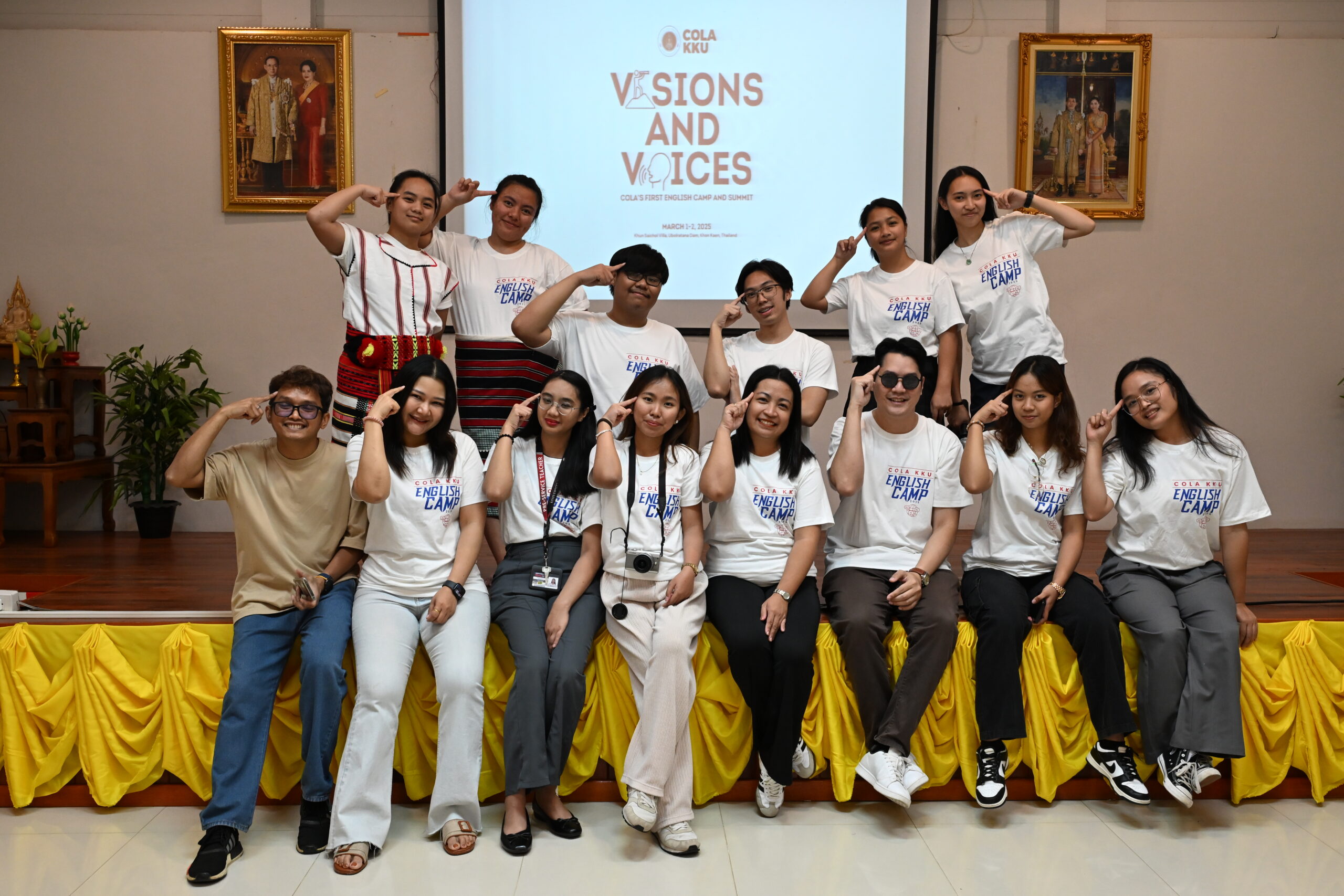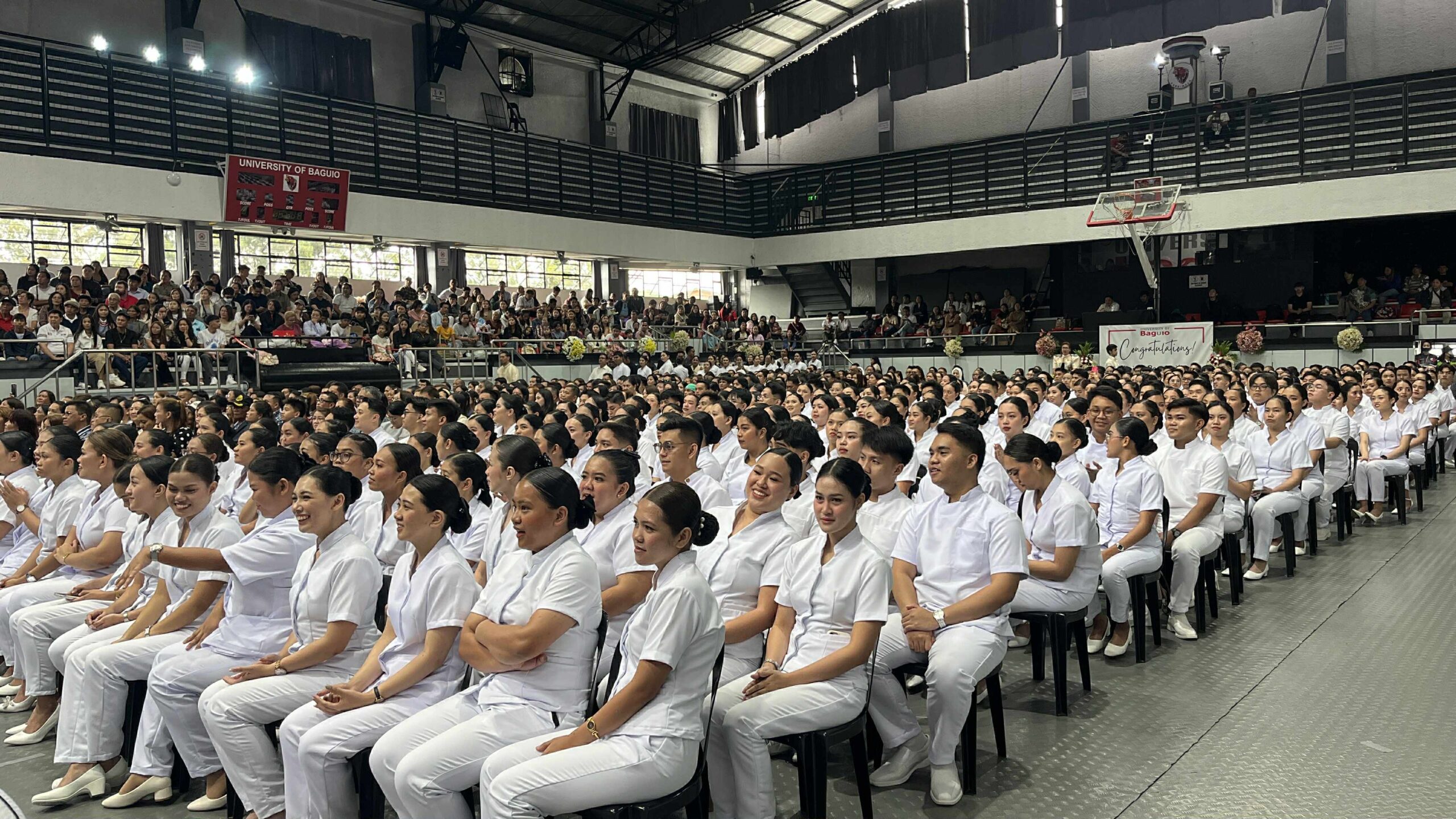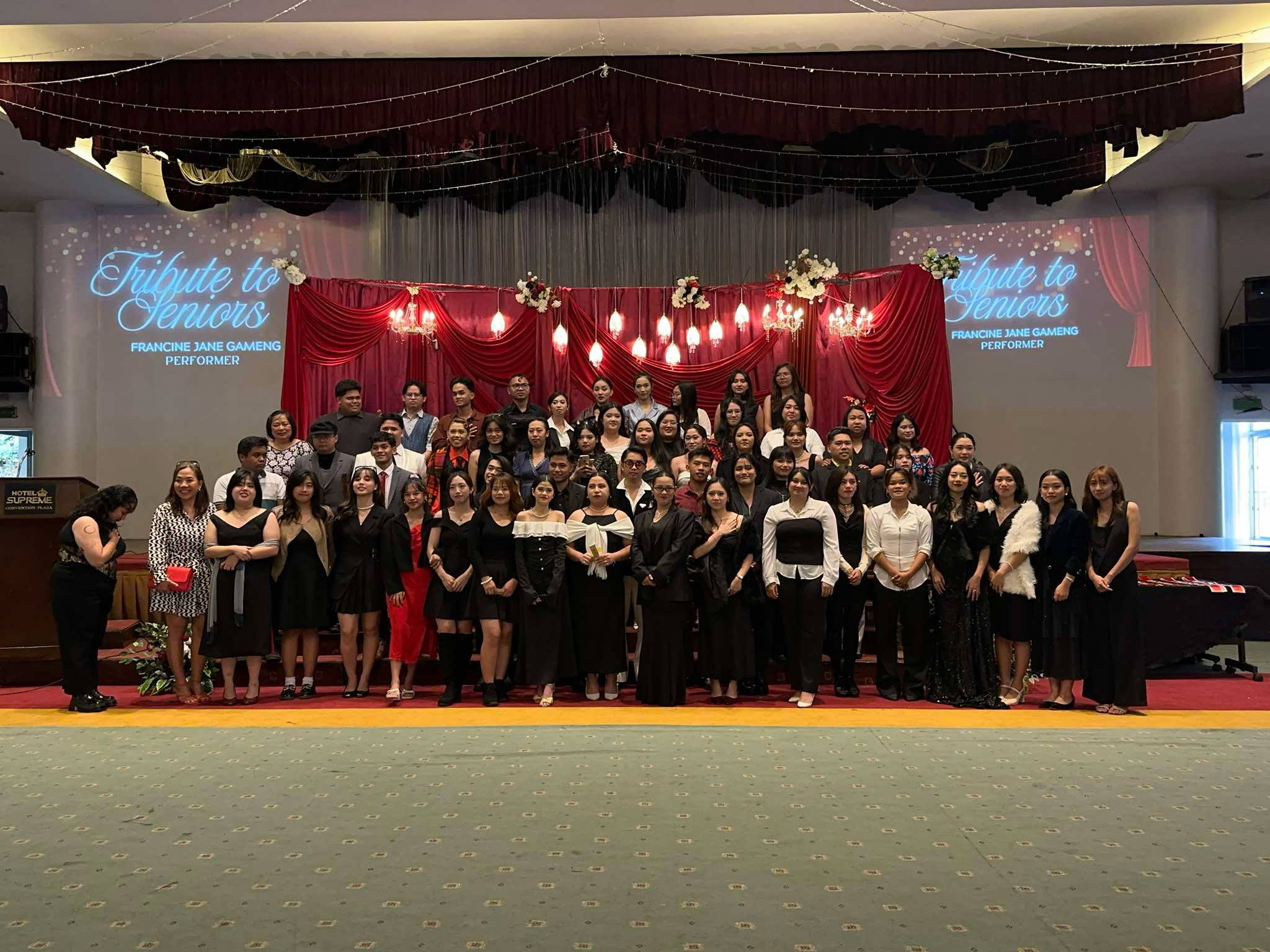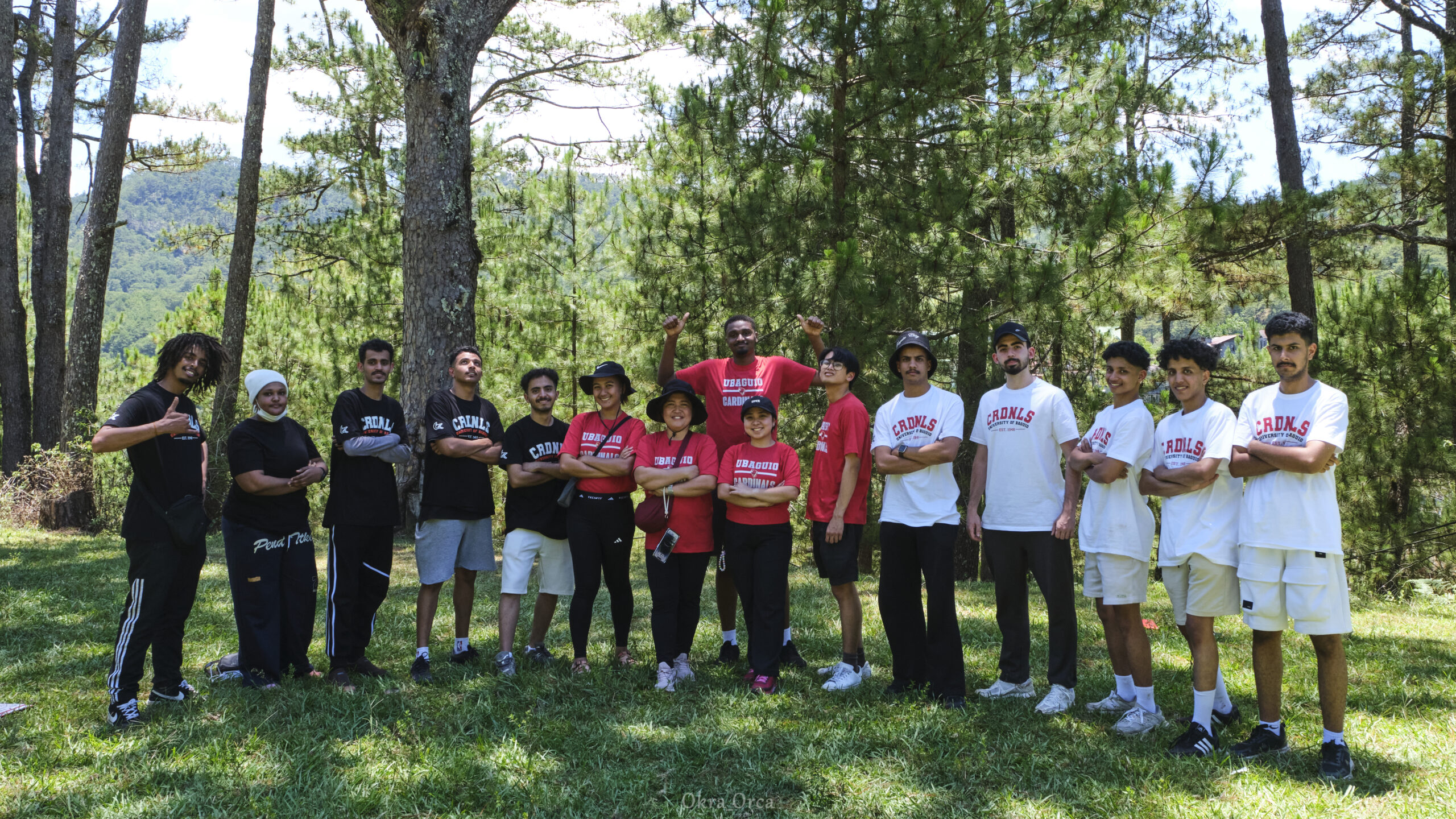Written by Renz Basyag
Photo courtesy of Janel Kate Valdez
The Philippines is without a doubt a hotbed for artistic expression. With a colorful and rich history, it is a breeding ground for stories that are better painted on a canvas, carved in stone, than printed words on paper. From the famous Manunggul Jar that tells of our sea-faring past to the modern take on classic art of today, the significance of Filipino arts and crafts is substantial and, in the age of materialism, a perfect investment. Officially held on October 17, 2024, inside the University of Baguio’s gym, a two-day event lasting from morning ‘till the afternoon, the CHED Zonal Creativity Summit 2024’ conference was a blaring success from the start. With notable speakers such as engr. Javier Herminio D. Bautista and Hon. J. Prospero E. De Vera III, and exhibits presenting culturally rich arts and crafts from different schools within the different parts of Luzon setting the mood for the entirety of the event.
The summit aimed to encourage and support the creative pursuits of Filipino artists across various disciplines while specifically shining a spotlight on the rich talent emerging from Luzon. In his keynote address, Hon. De Vera underscored the intrinsic creativity of Filipinos, asserting that “Filipinos are inherently creative.” He supported this by highlighting the successes of Filipinos who have become professionals in fields like animation, voice acting, and media. De Vera’s speech resonated with a sense of pride, but also posed the question of how can the Philippines claim a ‘bigger share of the pie’ in the global market in terms of the creative economy.
To answer this question, De Vera went on to outline feasible strategies to bolster the creative economy, such as building stronger relationships with professionals in the field, hiring and engaging experts in the industry, and updating the curriculum to support the latest industry trends. Most of all, he stressed the importance of bringing together a community of practice, wherein faculty members and professionals can interact and work alongside each other.
Dr. Jo-Dann N. Darong, elaborated on this idea further in the first plenary session of the conference. According to Dr. Darong, the pandemic severely squashed the creative industry, yet a resurgence is underway as the country continues as the Philippines ranks up when it comes to globally acclaimed films. He also mentions how President Marcos has mentioned the opportunities that come with the creative industry and the Commission of Higher Education’s (CHED) role in maintaining and expanding on these opportunities. A huge part of this role is the support of relevant programs and providing the incentives for academic institutes to recognize the significance of creativity.
In the current curriculum, it tends to favor subjects like science, math, and research, often sidelining creativity and imagination for more methodical and logical means otherwise known as the acronym PSG (Pathways, Situations and Groundings). However, Dr. Edizon A. Fermin proposes a more experience and skill based teaching method, changing the original definition of PSG to “Pegs, Straps, Gaps.” This new proposal will focus more on engaging the learner, inclusive innovation, knowledge management, partnership, and the importance of a leadership style that supports creativity as well as productivity.
With the idea of reinforcing creativity in mind, participants were divided into groups featuring representatives from various regions across Luzon, ensuring diverse perspectives. This exercise not only encouraged cross-regional cooperation but also allowed participants to showcase their unique approaches to tackling challenges.
On the second day, the event celebrated outstanding exhibits through awards presented by the CHED Technical Working Group for Creative Industries. Bulacan State University secured third place with an exhibit that showcased the artistic accomplishments of its College of Arts and Letters. Central Luzon State University, representing Region III’s Nueva Ecija, took second place with an exhibit highlighting student innovations in agriculture and technology. The top prize went to the University of the Cordilleras for their “CordeMayo” exhibit, which featured not only creative works from various UC colleges but also a fusion-based culinary experience reflecting the rich cultural heritage of the Cordilleras.
The summit concluded with closing remarks from Dr. Cherrie Melanie Ancheta-Diego, who commended each region for unearthing and showcasing the uniqueness of their creative talents through the boots and the activities they had planned. She emphasized that the students from Higher Education Institutions (HEIs) in Northern Luzon and across the country are paving the way for a “Malikhaing Pinoy” in all nine areas of the creative industry. The event ended at noon, followed by a celebratory lunch and photo opportunities for participants, press, and organizers alike.
The CHED Zonal Creativity Summit 2024 was not just a gathering of creative minds, but a well-thought-out affirmation and celebration of years of creative endeavors and the newly found support for the Philippines’ creative industry. As the conference came to a close, the message was clear: the Philippines is poised to make its mark on the world stage of creativity. The country’s youth, supported by educational institutions and a growing recognition of the creative industry’s value, are leading the charge.

